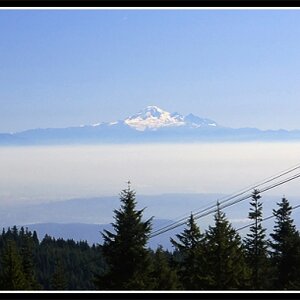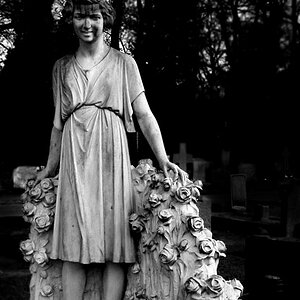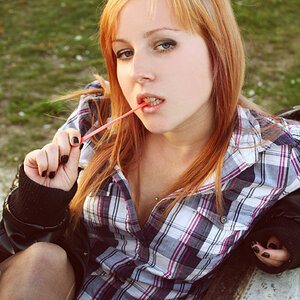- Joined
- Sep 13, 2013
- Messages
- 1,545
- Reaction score
- 636
- Location
- United States, PNW
- Can others edit my Photos
- Photos OK to edit
As most DSLRs have a light meter these days, with the ability to use 3 modes to "meter" the available light - do any of you use a separate light meter?
If so, which one, and what is the benefits you receive from it?
If so, which one, and what is the benefits you receive from it?



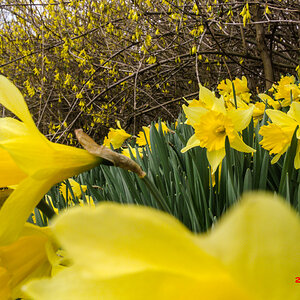
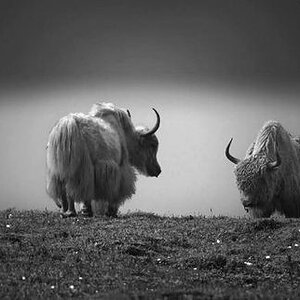
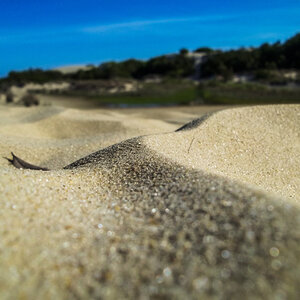
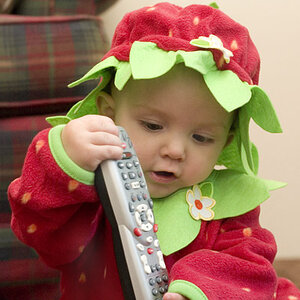
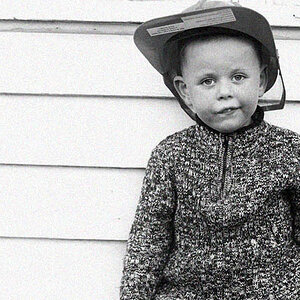
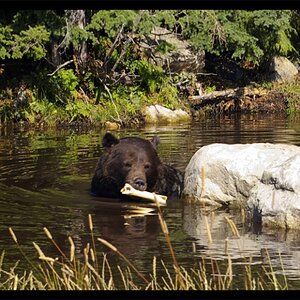
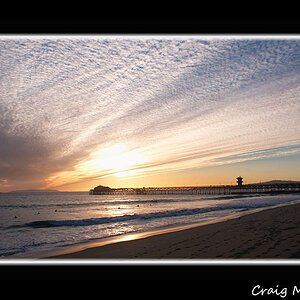
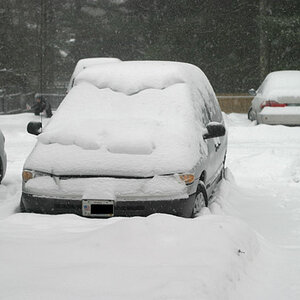
![[No title]](/data/xfmg/thumbnail/40/40287-4f839095000f74d779b90ed75df9dc62.jpg?1619739408)
